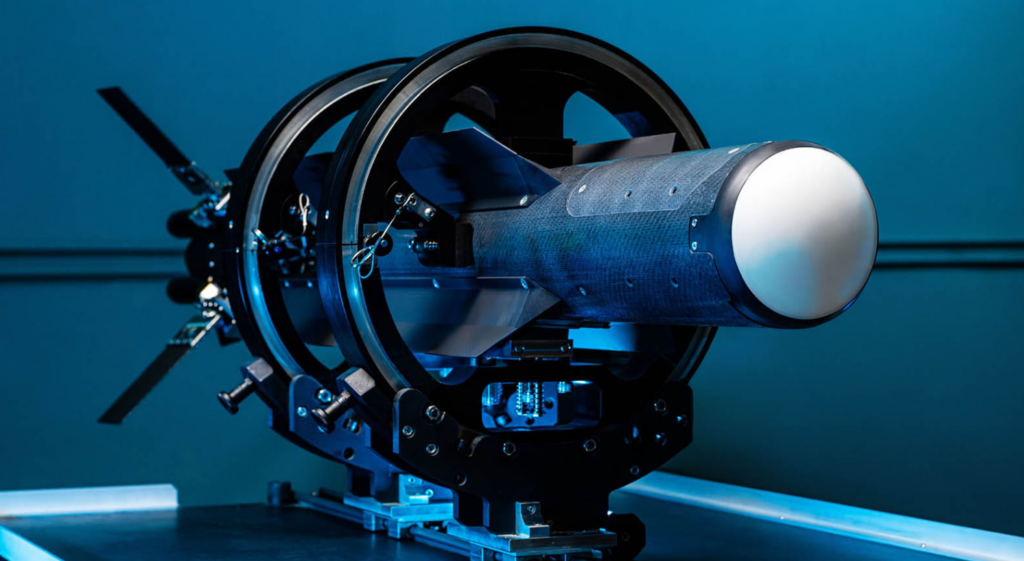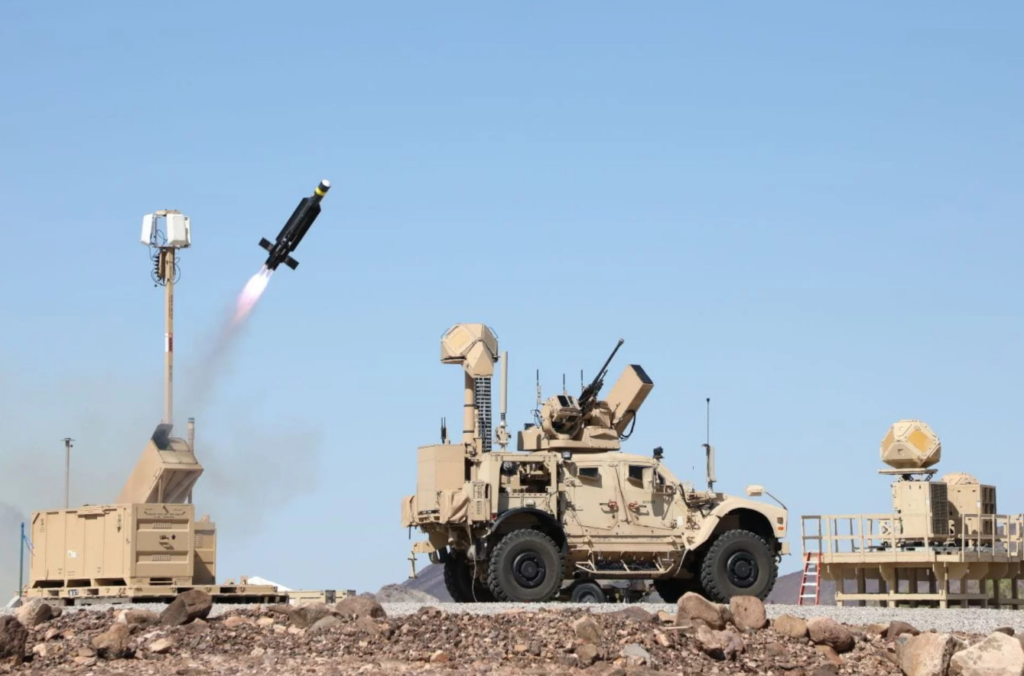Pentagon Awards $5.04 Billion Contract to Raytheon for Coyote Counter-Drone System and KuRFS Radars
The Pentagon announced on September 29, that it has awarded Raytheon a $5.04 billion Army contract to procure its Coyote counter-UAS system and Ku-band radar sensors. Under this cost-plus-fixed-fee deal, Raytheon will supply both fixed-site and mobile Coyote missile launchers, along with kinetic and non-kinetic interceptors, and KuRFS radars. The work under the contract runs through September 28, 2033, reflecting a long-term commitment to fielding these counter-drone capabilities. In Pentagon contract notices, the Defense Department notes that Raytheon “will deliver fixed and mobile Coyote launchers, along with kinetic and non-kinetic interceptors, and Ku-band radar systems” under the award. This multi-year buy “locks in an industrial base path” to rapidly field counter-drone defenses.
The Coyote counter-UAS system is a compact, high-speed missile/drone developed by Raytheon for shooting down small unmanned aircraft. It is a rail-launched, expendable effector equipped with a rocket booster and turbine engine for high-speed flight. Raytheon describes it as a “combat-proven” for counter-UAS missions. The kinetic version carries a fragmentation warhead guided by an RF seeker to directly strike enemy drones, while the non-kinetic (launched-effects) version can be reused for missions like electronic warfare, signals relay or surveillance. Coyote is small (about 0.9m long, weighing 5.9kg) but fast – after launch it can reach speeds of roughly 345–370mph to intercept drones at ranges of around 10–15km. It can be fired from a simple tube or rack on ground vehicles, ships or even helicopters. The system is designed to defeat single drones or entire swarms, giving U.S. forces a flexible counter-drone tool.

The KuRFS (Ku-band Radio Frequency System) radars in the contract are mobile Ku-band sensors that complement Coyote. KuRFS provides 360° surveillance for very small, low-signature UAVs and generates fire-control quality tracks. In a deployed setup, KuRFS sensors feed their data into the Army’s counter-UAS command-and-control network (FAAD C2), which then cues Coyote interceptors to engage threats. Pairing Coyote with KuRFS is a central part of the Army’s LIDS (Low-altitude Integrated Defense System) – a “detect-and-defeat” architecture against drones. Together, the Coyote missiles and KuRFS radars form an integrated kill-chain that can rapidly detect, track and shoot down hostile drones near bases or on the move.
This contract comes amid a broader push by the U.S. military to counter proliferating drone threats. Small commercial and military drones are now used for reconnaissance and attacks around the world – from kamikaze strikes in the Middle East to swarm attacks in Ukraine. U.S. troops in the CENTCOM region have faced repeated drone incursions, prompting Army leaders to field layered counter-UAS systems. The Army’s recent plans call for thousands of Coyote interceptors and many KuRFS radars in its FY2025-29 budget. The new Raytheon award will help sustain production of these systems for years ahead, ensuring that American forces have a ready defense against evolving unmanned aerial threats.

